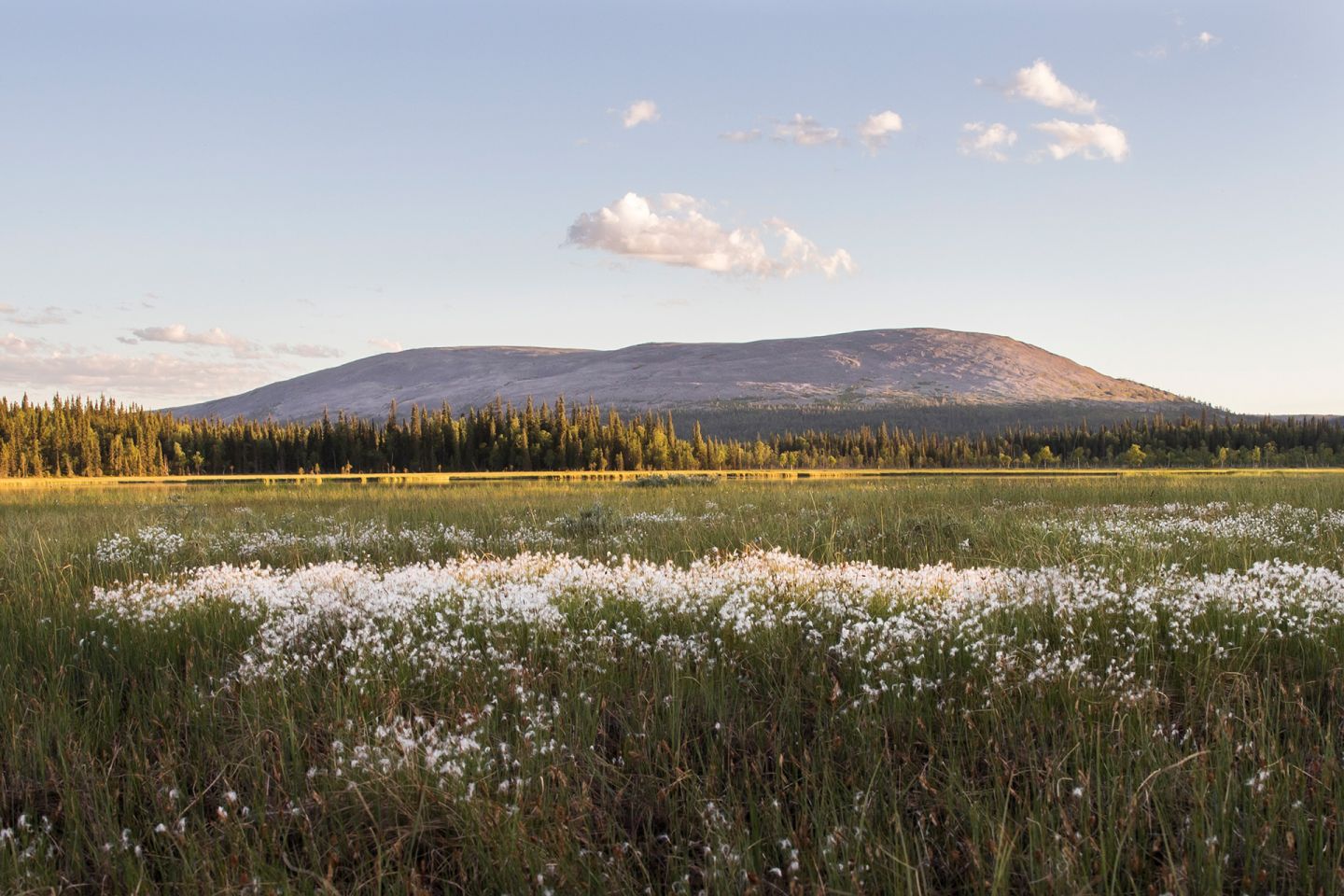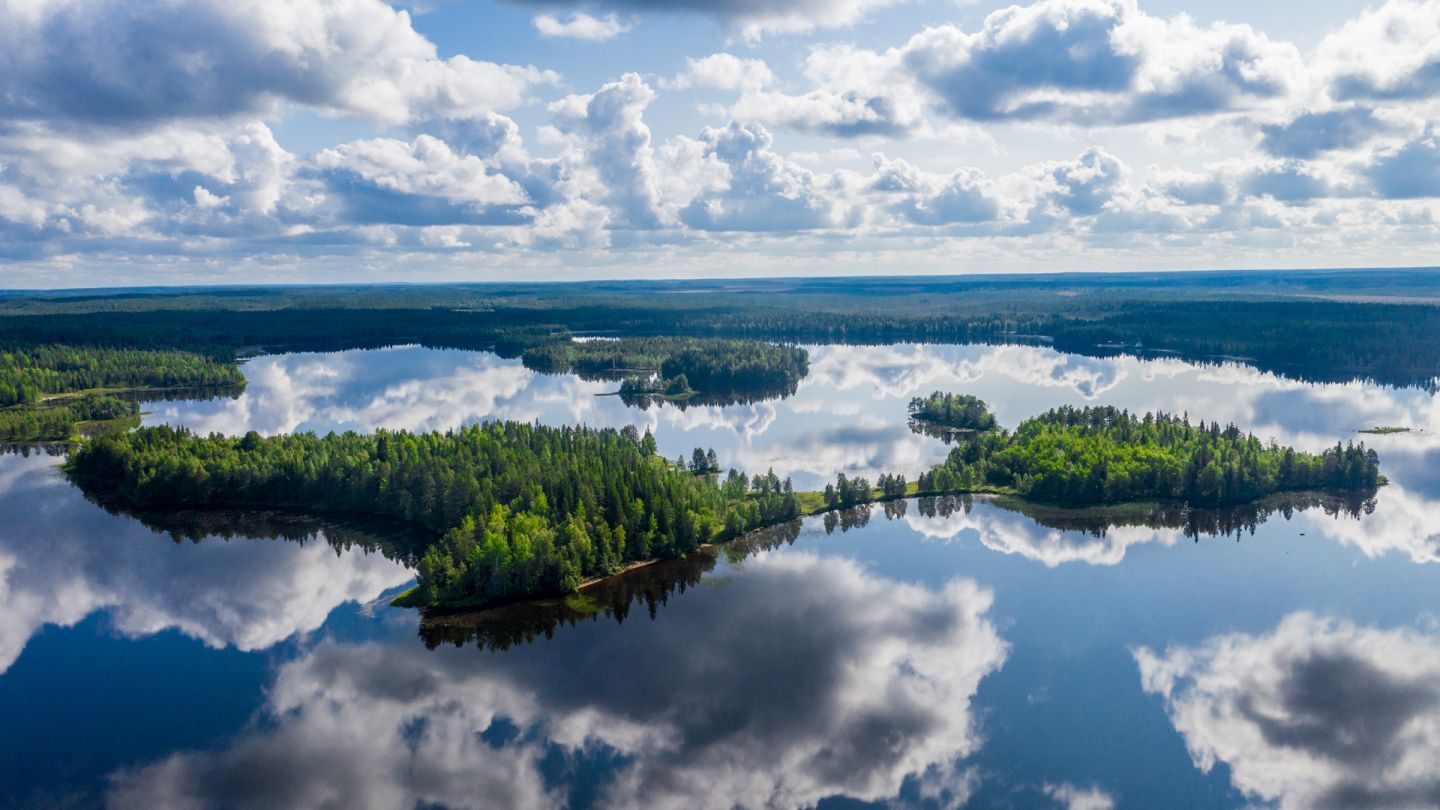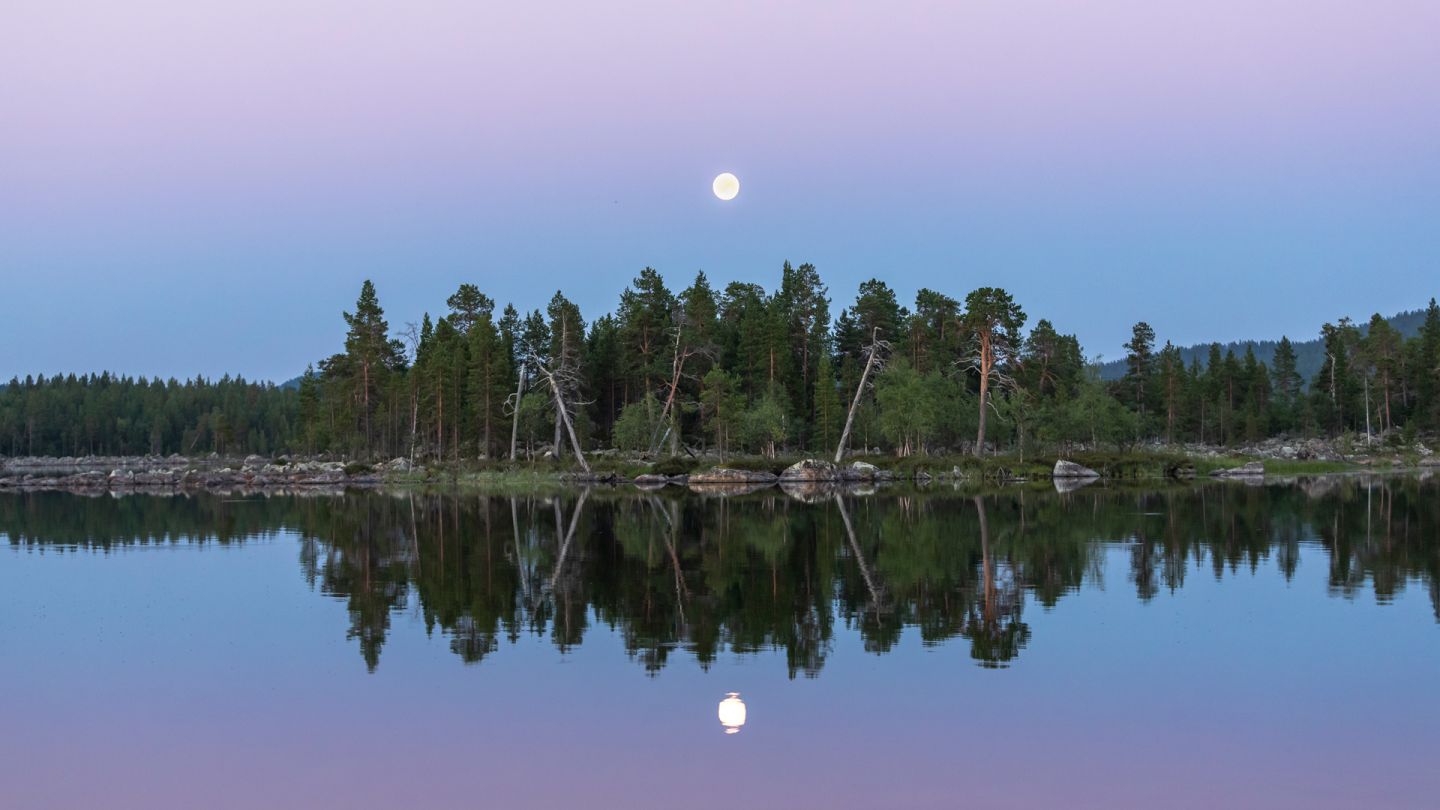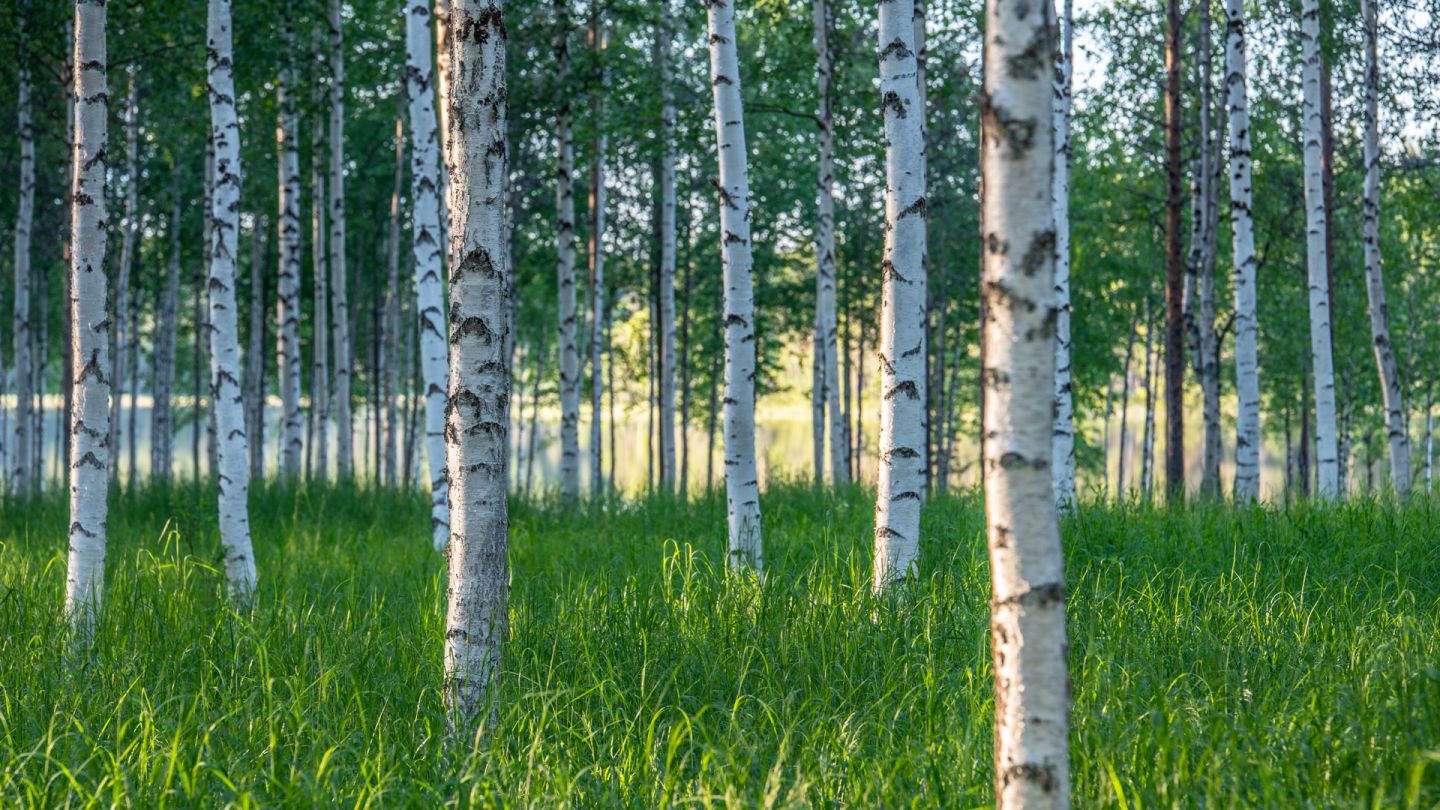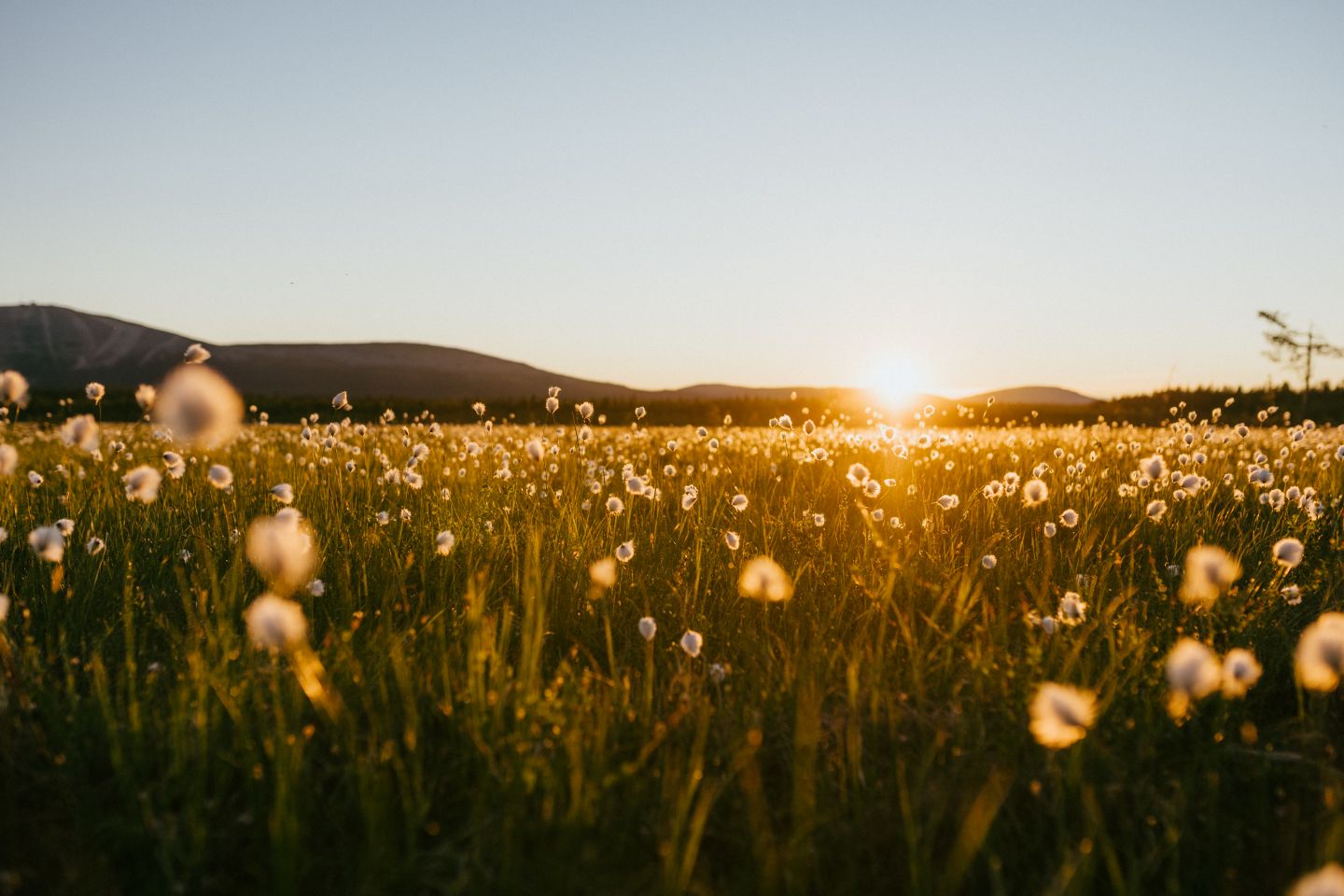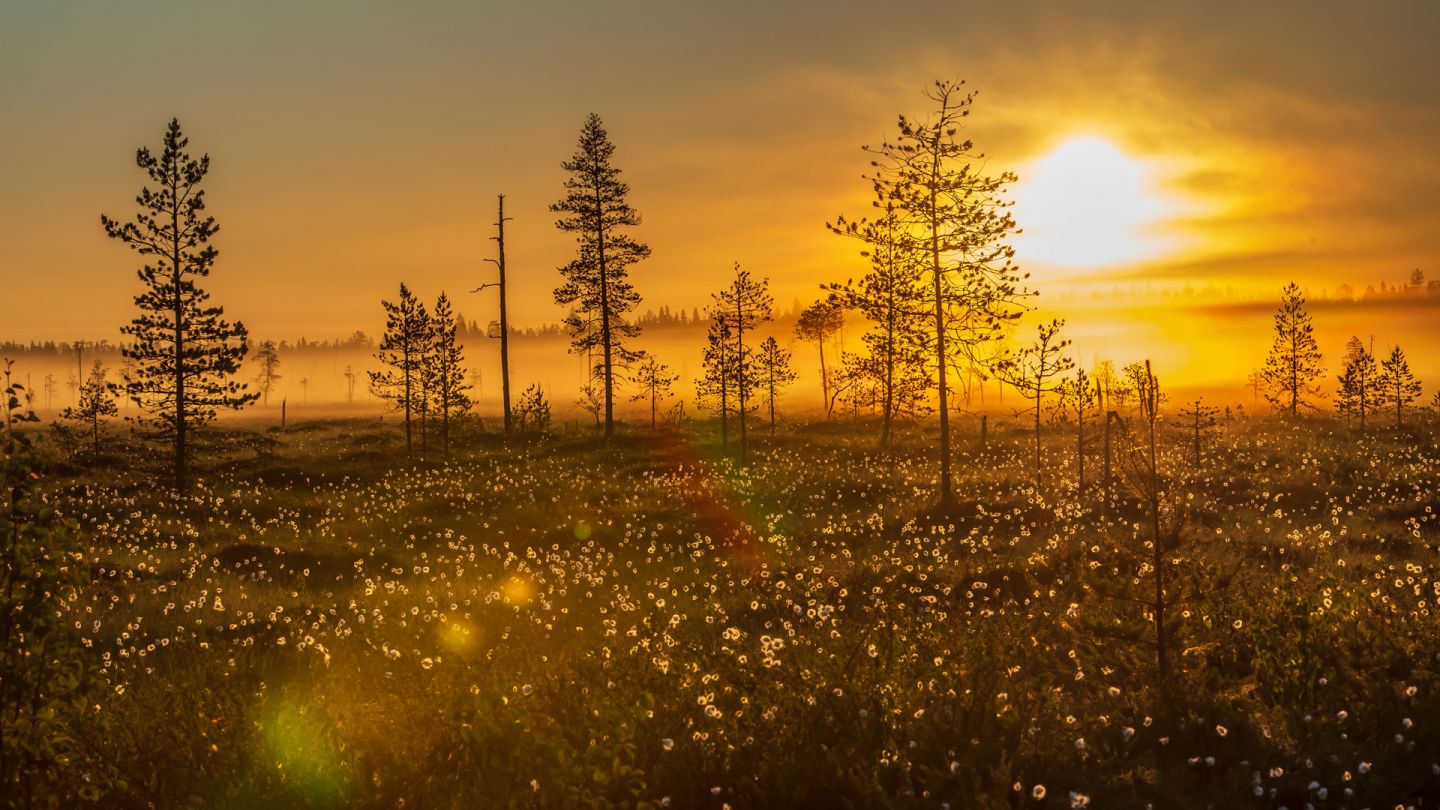Filming northern Finland in summer means endless days of Midnight Sunlight, warm weather & boundless green wilderness, and idyllic beaches beside placid lakes & rolling rivers.
It’s hard to say exactly when spring ends and summer begins in Lapland. But at some point, all the ice on the roads turns to slush, seemingly overnight, and you know that the golden days of summer are waiting beyond the glowing horizon. Summer in Northern Finland offers 24/7 daylight and an intense burst of green Arctic nature.
The sun never sets
Because Lapland sits mostly above the Arctic Circle, the sun doesn’t so much set as roll around the horizon in the small hours of the morning. For the filmmaker, this means two important things:
First, the day never ends. Due to the Earth’s axial tilt, the Arctic region experiences extreme summer days. On sunny days in Lapland, you have 24 hours of daylight, seven days a week, to work with. No matter the weather, it’s unquestionably daytime all day and night long. In northern parts of Lapland, this means 75 straight days of sunlight—the sun doesn’t even pretend to set. Southern Lapland areas like Posio have Midnight Sun from the second week of June until the first week of July, with a month on both sides of 20+ hour long days and midnight twilights.
Second, the light of the Midnight Sun coats the unending landscapes with honey. The magic hour becomes hours until there’s nothing left of the nighttime. It’s a unique light condition that words struggle to convey. Instead, check out this great video of Midnight Sunlight in action:
Vibrant & verdant
Summers in Lapland starts usually in late May and wrap up in the end of August. Temperatures are warm, mild, and only occasionally lean toward hot. Among the fells of northernwestern Lapland (69°N), thermometers rarely rise above 15°C, even in July. On the Arctic Circle (66°), though, summer means temperatures over 20°C, though it almost never rises as high as 30°C.
There’s no specific rainy season during Lapland summers, but occasionally thunderstorms darken the sky. By early June, there is usually no ice in the rivers or lakes across Lapland. The waters remain chilly (around 10° – 15°C) until July, when the swimming season starts in earnest. This lasts until mid- or late August.
Sometimes even before the snow melts in Lapland, green shoots of grass and other plants begin shouldering their way up to the steady sunlight. The plants that grow here know summers are brief, so they work overtime to get their green.
Throughout much of Lapland, this means that the birches grow a thick coat of leaves, filling all the gaps in the forests. Birds of every sort, size and color return to Lapland from their winter holidays in the south. Wildflowers blossom in the rolling fields, and insects begin their rounds.



